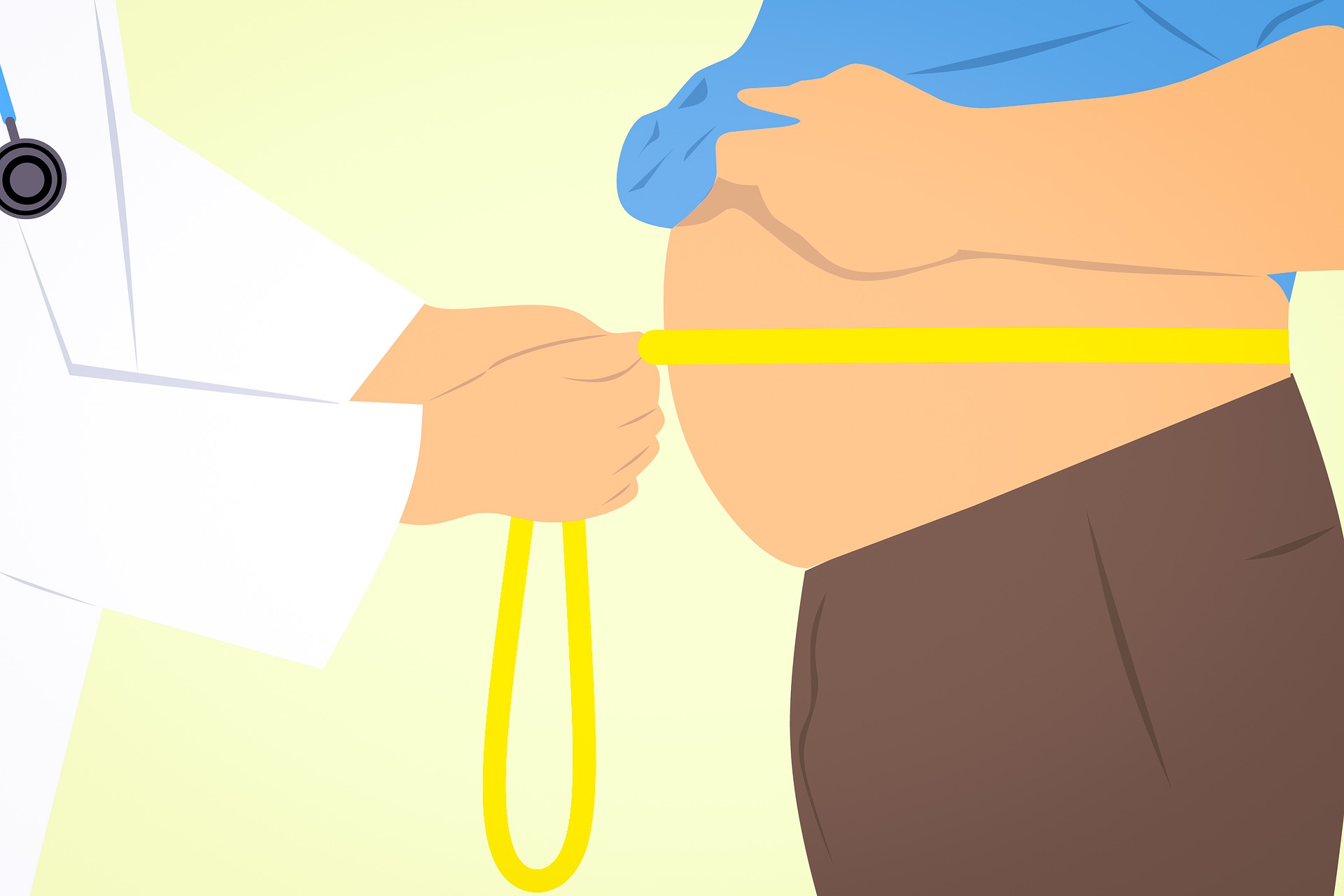Men and Women Get Fat Differently, According to a New Study

It is known that the fruit fly’s organism has almost 75% structure like our human body. A new study from UBC’s faculty of medicine shows us how males and females can store fat differently.
The species is traditionally known as a fruit fly or simply drosophila. Since Charles W. Woodworth’s proposal to use this species as a model organism, it has continued to be widely used for biological research in the study of genetics, physiology, microbial pathogenesis, and the history of life. It is typically used because it is a species that does not require much food, propagates rapidly (a generation has 12 days), lays many eggs, and the larvae have polythene chromosomes.
Because of the resemblance between us and the fruit fly, Elizabeth Rideout, an assistant professor in the department of cellular and physiological sciences, started this study, and it seems that she found some patterns. We all know that women can get fat faster than men, and they also lose the fat harder.
There are many reasons why our organisms have this kind of reaction, some say that it’s the lifestyle, some say that’s the lack of sport, and to be honest, we’re not that careful when we buy our meals.
Men and Women Get Fat Differently
This new study is meant to help to treat diabetes and cardiovascular disease, so it needs time to be done.
“In 1933, Thomas Morgan received the Nobel Prize for Medicine for his work in establishing the chromosomal theory of inheritance. His work with the Drosophila heralded a flurry of fundamental discoveries about inheritance.” Scientists have identified hundreds of fat metabolism genes that are influenced by sex hormones and sex chromosomes. Still, they don’t know exactly which of these genes cause the male-female difference in fat “deposit.”
This experiment is in progress, and the scientists hope that they can find the right formula to cure the type 2 diabetes and cardiovascular disease.
For now, there are not so many drugs that can cure those significant diseases, and the main task is to find genes that influence fat storage in male and female flies. Doing that, we’ll receive information that can help us developing new therapies and maybe a cure.
0 comments